
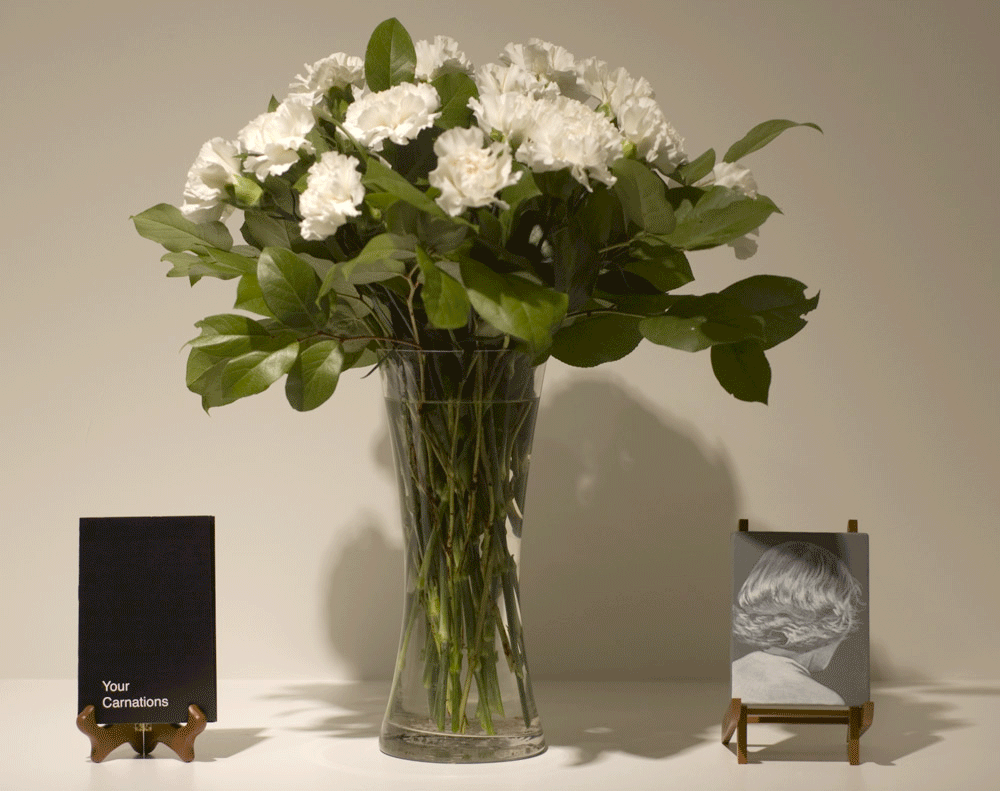
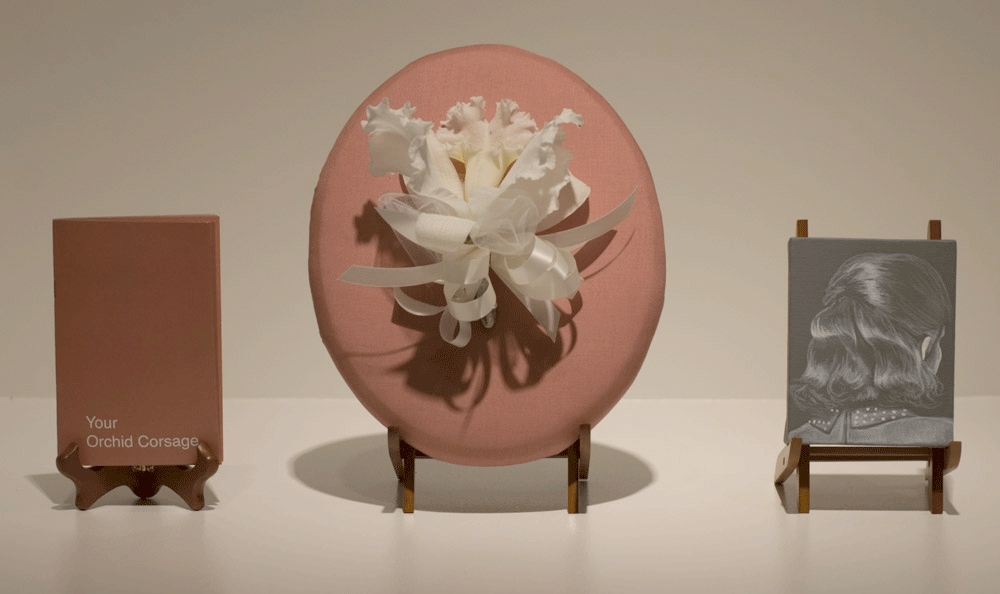
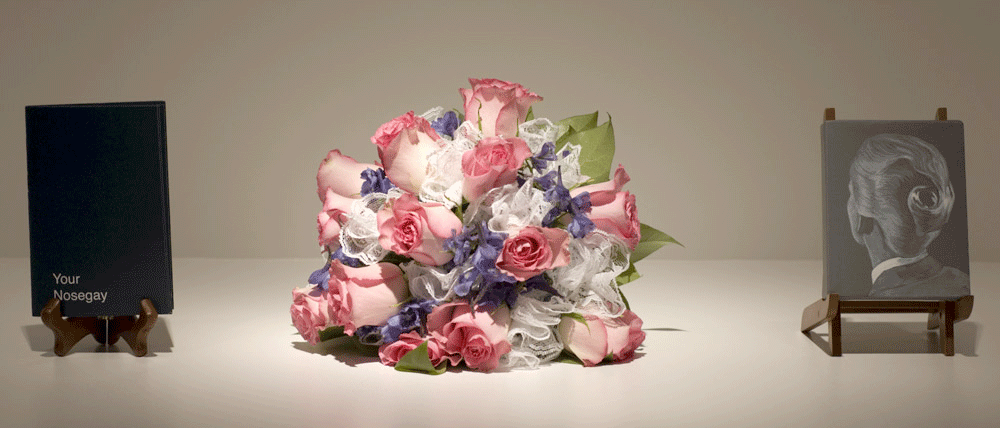
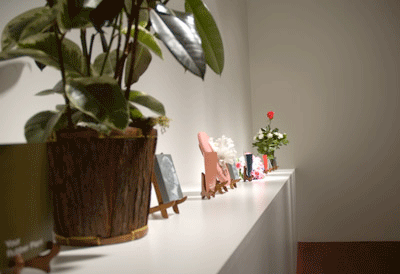
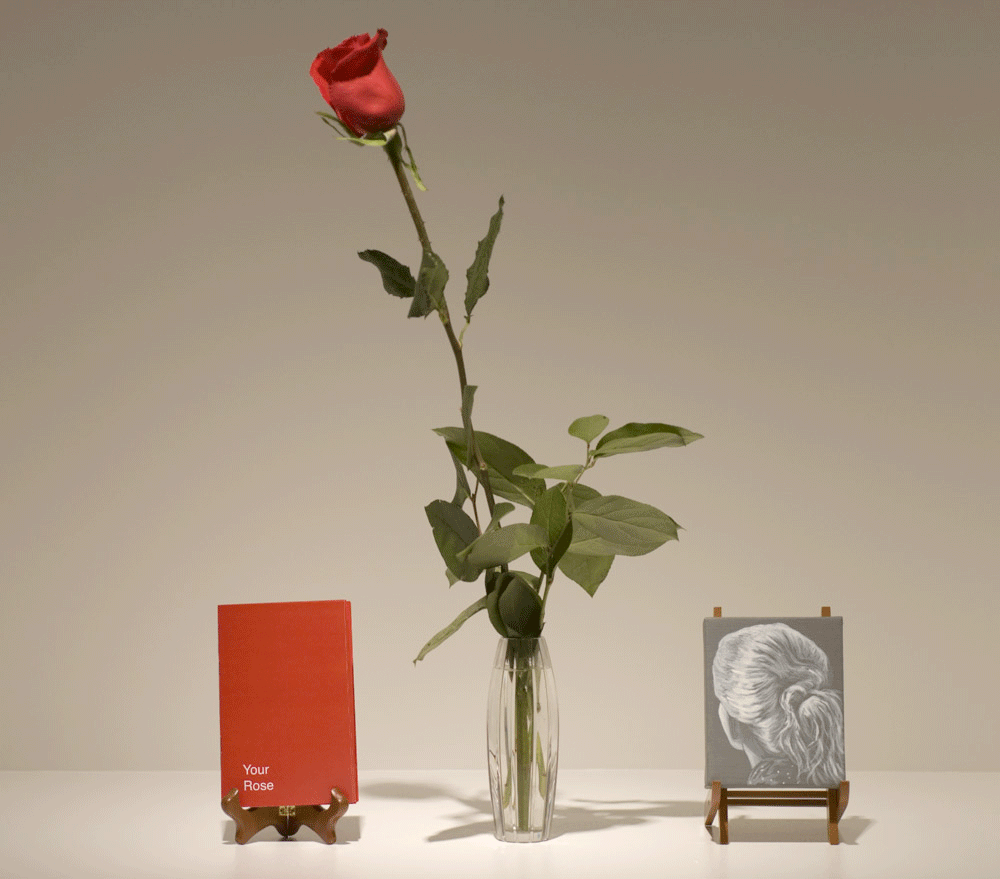
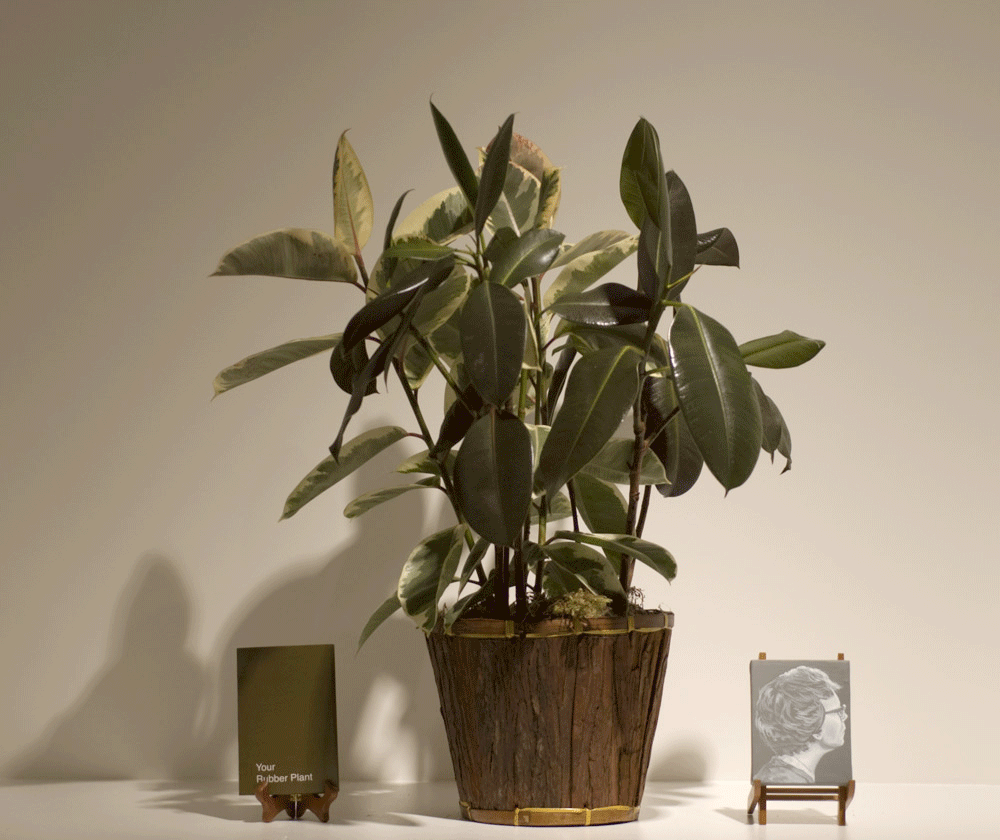




















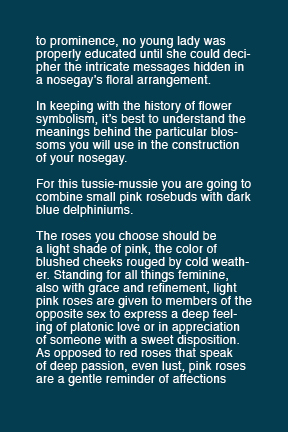
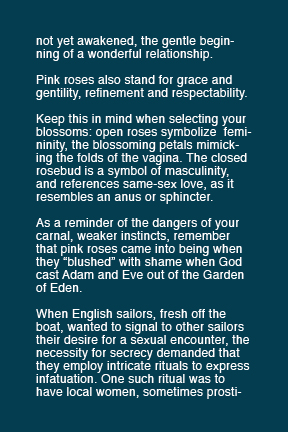
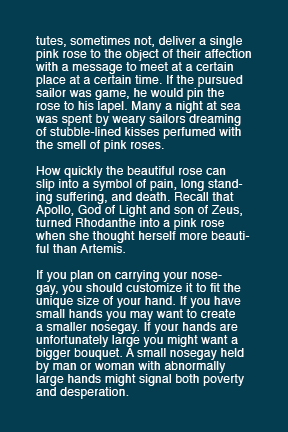
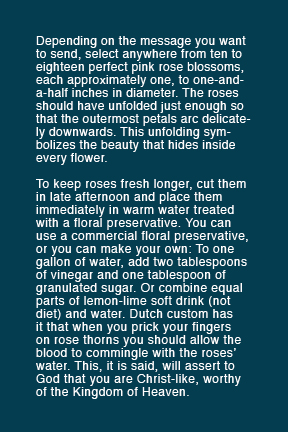
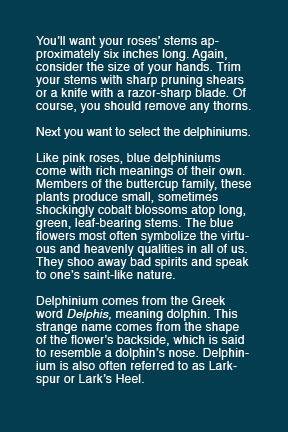
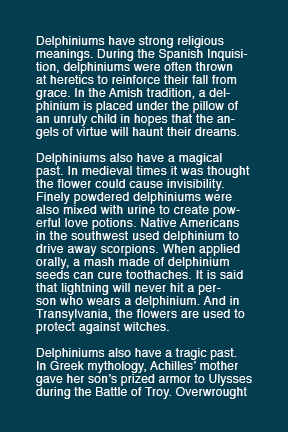


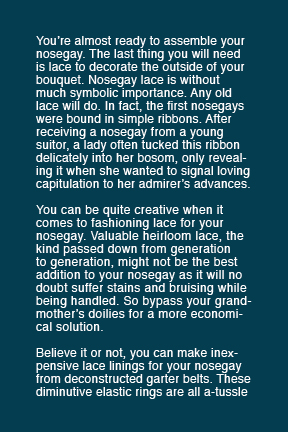

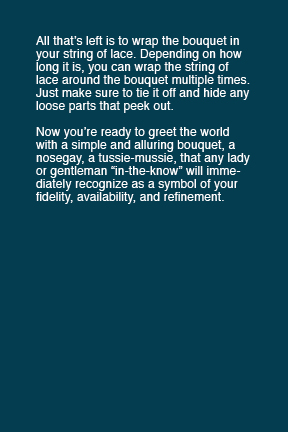



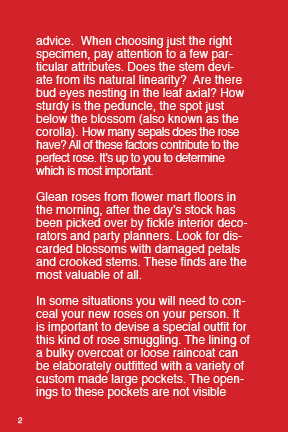


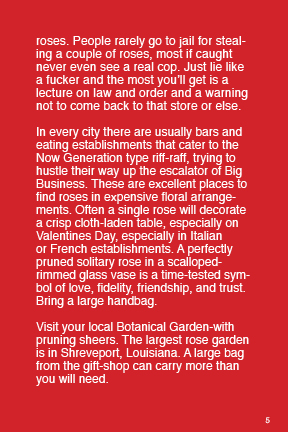








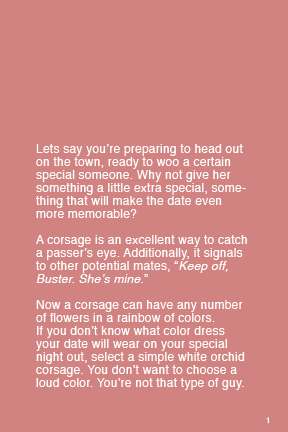
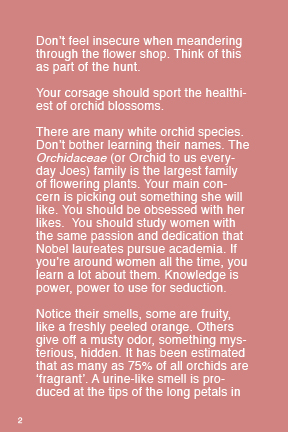
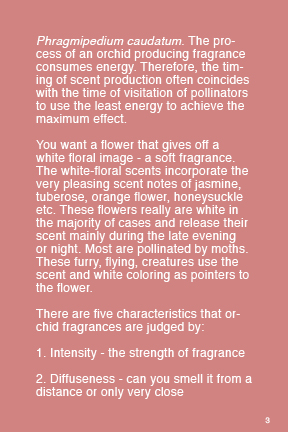
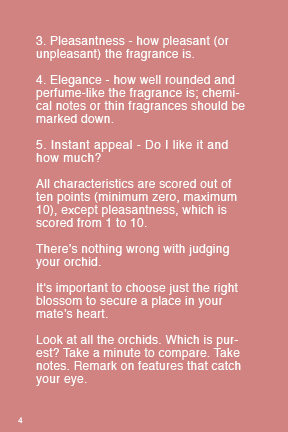


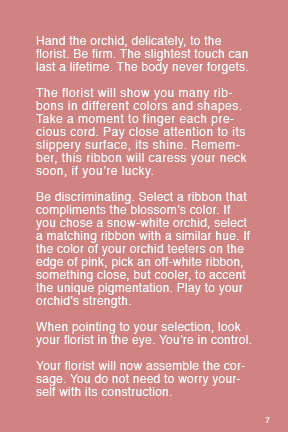


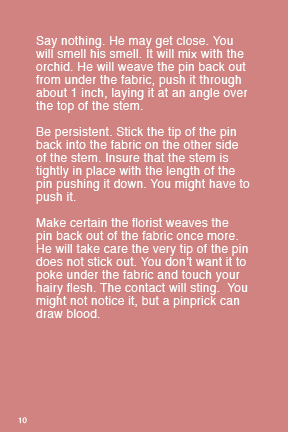



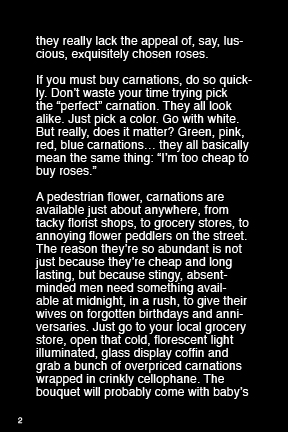
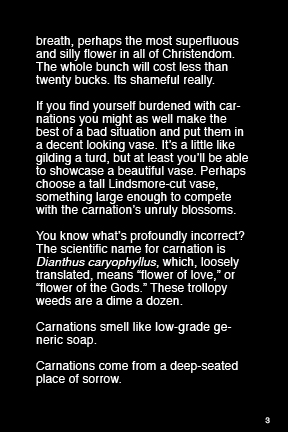

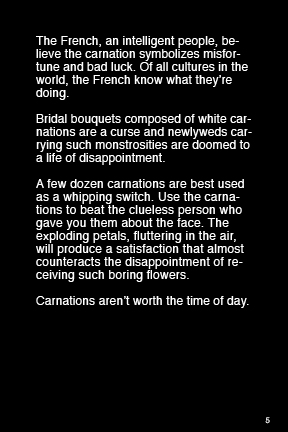

Part of the exhibition:
If I do what you tell me will you love me?
A collaboration between Tucker Neel & Michelle Wiener
Samuel Freeman Gallery
Santa Monica, California
This installation centers around five floral arrangements selected from Alfred Hitchcock’s classic mystery thriller Vertigo, a continually beguiling film now celebrating its 50th anniversary. While we appreciate Vertigo’s continual importance in the cannon of film history, this installation is not about the film, its plot or characters. Instead, we seek to pick apart fleeting glimpses of objects and tableaus in the film as points of departure for an expansive critique of the symbolic interplay between man and woman, the deceased and the living, presence and absence, desire and repulsion.
After repeated viewings of Vertigo, we realized that five important women in the movie are visually and conceptually linked, via a typically Hitchcockian attention to set dressing and art direction, to each five particular floral arrangements. Like Carlotta’s hairdo or the image of a spiral staircase, these flower arrangements evoke secondary meanings when taken out of their original context. In the gallery’s small project room (affectionately called “the chapel”) we have recreated these arrangements:
Twelve carnations for Midge Wood
One long stemmed pink rose for Madeleine Elster
One rubber plant for the unnamed manager of the McKittrick Hotel
A bouquet of roses for Carlotta Valdes
A corsage with one white orchid for Judy Barton
A small black and white painting of the back of a woman’s head hangs near each flower arrangement and plant in the gallery. These small, perfectly rendered portraits serve as visual signposts, pointing to the woman to whom each arrangement is attributed. The portraits deny full access to each woman’s face, leaving the viewer to ponder how decorative, yet no doubt crucial, identifying features such as hairstyles and clothing, play an important role in constructing of notions of “femininity.”
An instruction manual also accompanies each floral arrangement. These manuals dictate how to recreate each arrangement using a variety of official languages and colloquial terms cribbed from a mixture of how-to guides, advice columns, and pop culture references. These rambling texts oscillate from funny to scathing, direct to bewildering, entertaining to dry and irritating.
The installation also features two wall drawings depicting a gargantuan pair of stocking-clad legs supporting a voluminous dress and a life-size tombstone bearing the name of Carlotta Valdes. With these strange images conspicuously transported from Hitchcock’s film to the gallery walls we intend to evoke the uncanny and provoke conversations about appropriate ways of remembrance.
Finally, we leave the floral arrangements to wilt, wither, and die on the gallery’s shelf. This transformation from one state of being to another marks the duration of the show. However, the installation’s temporary beauty is given a new potentiality when purchased, as collectors are able to buy each vase, pot, and painting, with an instruction manual, thereby allowing for the recreation of a recreation. Like Scottie in Vertigo, they are able to play out a fetishistic desire to reconstruct the past, make it more real, more present.
If I do what you tell me will you love me?
A collaboration between Tucker Neel & Michelle Wiener
Samuel Freeman Gallery
Santa Monica, California
This installation centers around five floral arrangements selected from Alfred Hitchcock’s classic mystery thriller Vertigo, a continually beguiling film now celebrating its 50th anniversary. While we appreciate Vertigo’s continual importance in the cannon of film history, this installation is not about the film, its plot or characters. Instead, we seek to pick apart fleeting glimpses of objects and tableaus in the film as points of departure for an expansive critique of the symbolic interplay between man and woman, the deceased and the living, presence and absence, desire and repulsion.
After repeated viewings of Vertigo, we realized that five important women in the movie are visually and conceptually linked, via a typically Hitchcockian attention to set dressing and art direction, to each five particular floral arrangements. Like Carlotta’s hairdo or the image of a spiral staircase, these flower arrangements evoke secondary meanings when taken out of their original context. In the gallery’s small project room (affectionately called “the chapel”) we have recreated these arrangements:
Twelve carnations for Midge Wood
One long stemmed pink rose for Madeleine Elster
One rubber plant for the unnamed manager of the McKittrick Hotel
A bouquet of roses for Carlotta Valdes
A corsage with one white orchid for Judy Barton
A small black and white painting of the back of a woman’s head hangs near each flower arrangement and plant in the gallery. These small, perfectly rendered portraits serve as visual signposts, pointing to the woman to whom each arrangement is attributed. The portraits deny full access to each woman’s face, leaving the viewer to ponder how decorative, yet no doubt crucial, identifying features such as hairstyles and clothing, play an important role in constructing of notions of “femininity.”
An instruction manual also accompanies each floral arrangement. These manuals dictate how to recreate each arrangement using a variety of official languages and colloquial terms cribbed from a mixture of how-to guides, advice columns, and pop culture references. These rambling texts oscillate from funny to scathing, direct to bewildering, entertaining to dry and irritating.
The installation also features two wall drawings depicting a gargantuan pair of stocking-clad legs supporting a voluminous dress and a life-size tombstone bearing the name of Carlotta Valdes. With these strange images conspicuously transported from Hitchcock’s film to the gallery walls we intend to evoke the uncanny and provoke conversations about appropriate ways of remembrance.
Finally, we leave the floral arrangements to wilt, wither, and die on the gallery’s shelf. This transformation from one state of being to another marks the duration of the show. However, the installation’s temporary beauty is given a new potentiality when purchased, as collectors are able to buy each vase, pot, and painting, with an instruction manual, thereby allowing for the recreation of a recreation. Like Scottie in Vertigo, they are able to play out a fetishistic desire to reconstruct the past, make it more real, more present.
©2024 Tucker Neel. All rights reserved.